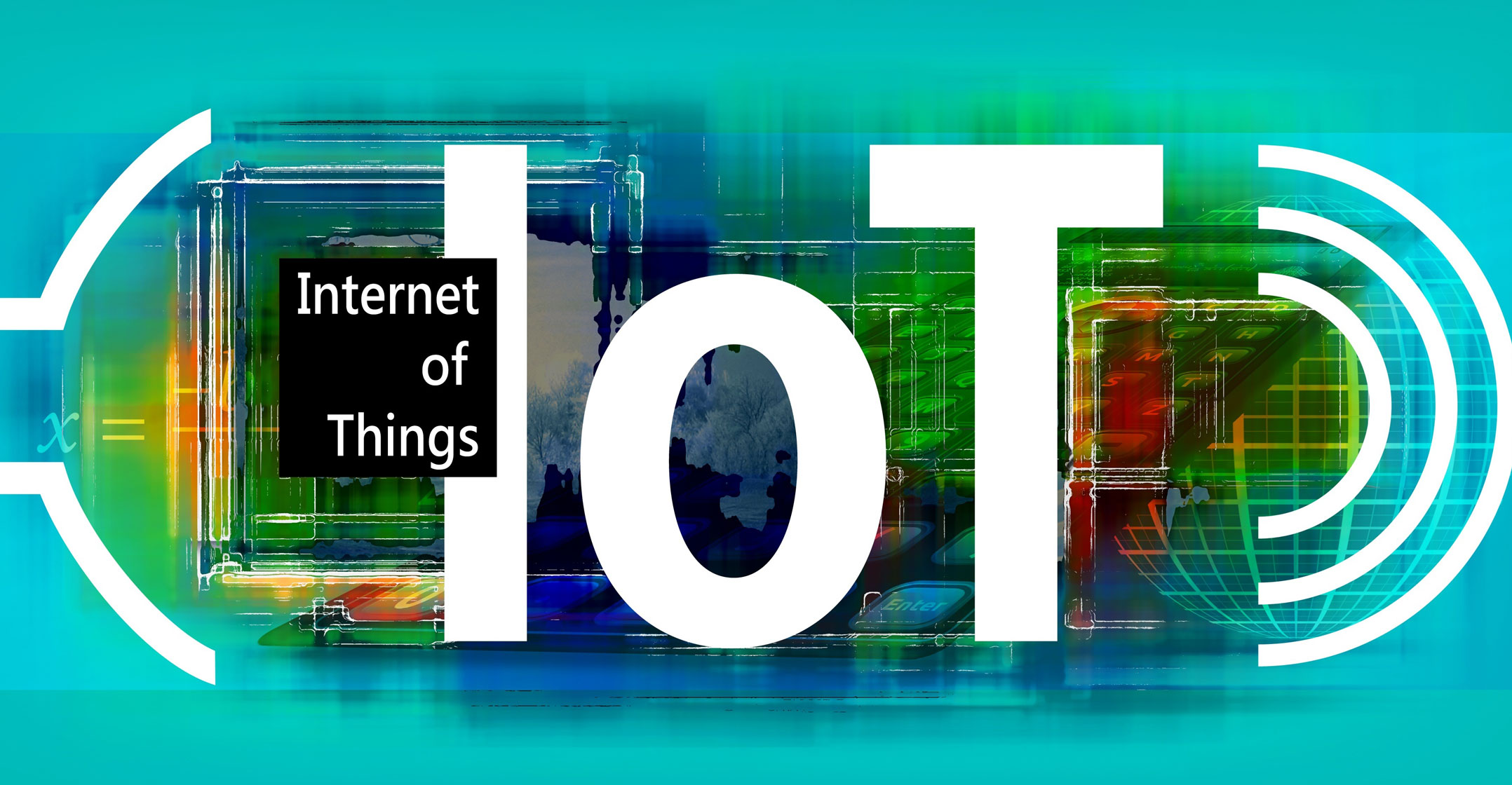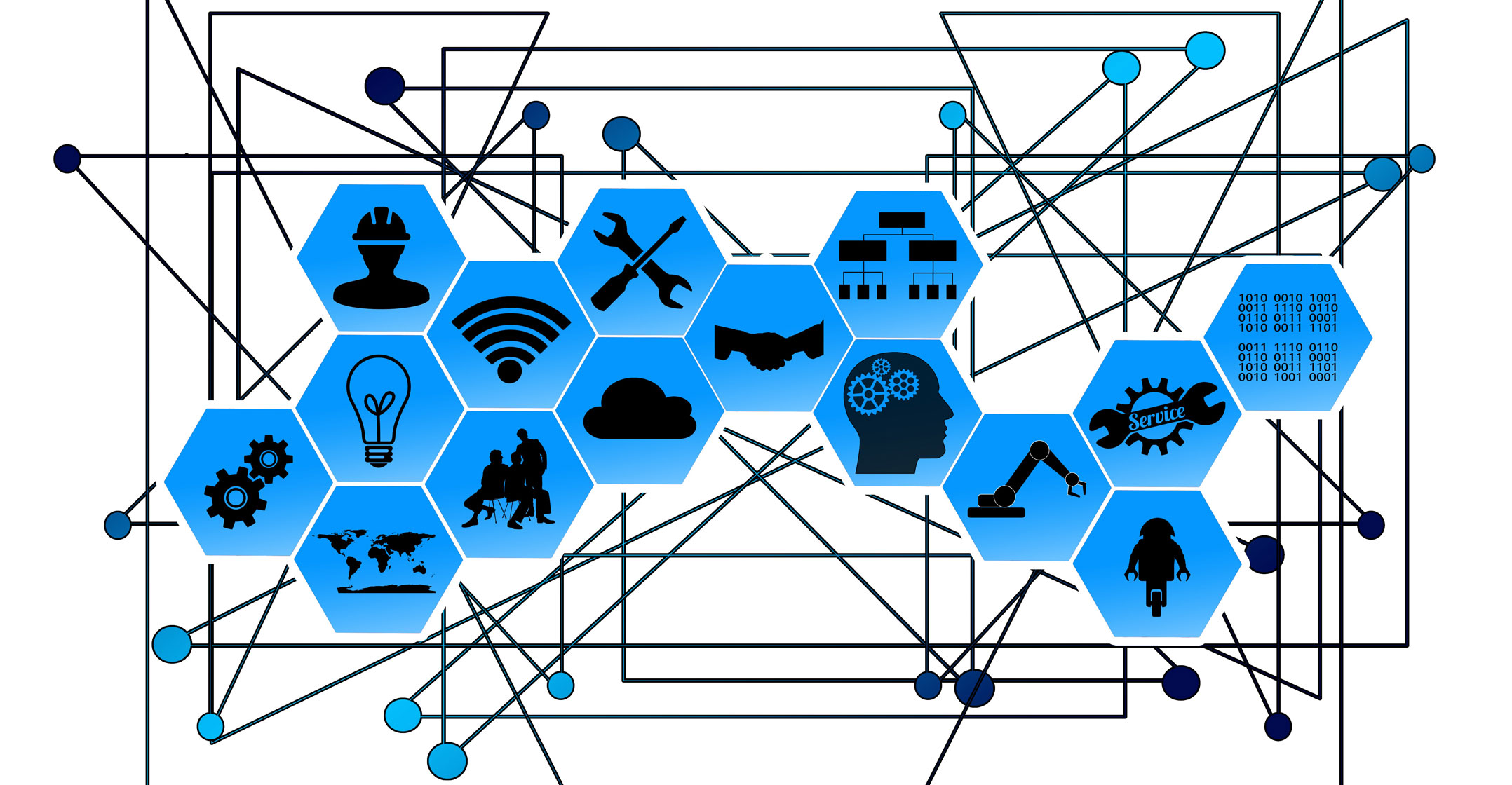
Not since utility computing became on-demand computing became grid computing became cloud computing has there been more fuss about a technology concept that is 40 years old. The Internet of things (IoT), once known as the industrial Internet, or machine to machine (M2M), or wireless telemetry, is not new. What is new? The incredibly low price point at which devices can be hooked up to the Internet, securely and conveniently.
My first job out of varsity was for a process automation and Scada (system control and data acquisition) company called D Le Roux and Associates, which had a locally developed DOS-based Scada system called Turbo Link. The company grew and adapted and acquired its local competitor, to become Adroit Technology — to this day a leader and innovator in the industrial control space.
Why is this important to the IoT story? Because there are a number of companies in South Africa that have been doing “Internet of things” for decades. Trinity Telecoms. Beyond Wireless. Xlink. They’ve been doing things with Zigby, with GPRS (2G), with a variety of technologies.
This begs the question: if IoT-like tech has been around for so long, why is it now flooding your LinkedIn timeline, and taking up hours at every Gartner conference?
The short answer is LPWAN, or low-power wide-area networking.
The “low power” part is the key. New technologies that that can transmit data over long distances using very little radio power. Devices designed from the ground up to eke out every tiny milliwatt, to sleep as much as they can, to strip out every bit of overhead unless it’s absolutely vital.
This is why you can take an LPWAN device, and power it for five or 10 years with just one small battery. You can make a weatherproof device that you can stick under a bridge to monitor stresses, and not have to touch it again for 10 years. You could toss one into a grain hopper. Insert in an animal’s horn. Glue inside a fridge. Tuck inside a light fixture. Wrap around an ignition lead. LPWAN devices can reach a base station five, 10, even 20km away, and whatever you are controlling or monitoring will probably reach its end of life before the IoT device’s battery dies.
Really cheap
That makes deploying IoT technology really, really cheap.
Of these newly minted technologies, the best known are LoRaWAN (long-range WAN) and Sigfox. These two technologies both run in licence-exempt spectrum in the 800MHz band, so they have great signal propagation and penetration characteristics — and don’t attract any licence fees. Another is RPMA from Ingenu, that uses the 2.4GHz band that Wi-Fi uses.
From the point of view of a technology entrepreneur, or hobbyist, or hardware systems developer, LPWAN technology is available in integrated circuits costing less than a dollar, and are easy to work with — any competent electronics technician with basic equipment can build a device that is Internet connected.

There is already a massive ecosystem of manufacturers that have made every conceivable device that you can buy off the shelf, from smoke alarms to temperature sensors to smart asset tags.
From a software development point of view, you can take the payloads sent by the devices and knock out a quick Web service to display information, or apply some rules to kick off a process. Communication to and from the device is done using straightforward application programming interfaces. You can hook things up via a communications service provider that makes provisioning devices and getting data off them a 1-2-3 click process.
This is what makes the new generation of IoT technology exciting … what used to cost thousands of rand can now cost hundreds. It used to be prohibitively expensive to hook up switches or motors or gizmos to Internet-based control systems. Now it’s dirt cheap.
You can be looking at around R50/year (per year!) to let a device send you a few messages a day, maybe R150/year for a couple of hundred messages per day.
At a radio level, LPWAN technologies are difficult to interfere with or jam – LoRa, with its sophisticated spread-spectrum coding, Sigfox with a clever ultra-narrowband chirped modulation.
They are also designed to be secure at a network level — devices have unique hardware identifiers that are linked to 128-bit keys, either pre-provisioned, or provisioned over the air. Traffic is encrypted between network server, through the base station to the device. If you like, you can also independently encrypt the payload, so even if the session is exposed, your device data is safe. There are potential theoretical vulnerabilities, as with any technology, so working with a competent network and device implementation partner is, of course, recommended.
Growing ecosystem
Right now in South Africa we have a rapidly growing ecosystem around IoT. Dark Fibre Africa’s Sqwidnet has become the Sigfox network operator here (there is only one Sigfox operator per country). Comsol is building a national IoT network based on LoRaWAN. FastNet, which was an early pioneer in LoRa, is also building network coverage. A dark horse in this race is Vodacom, which has made noises about retrofitting its LTE network with NB-IoT (narrowband IoT) — while there’s a lot of noise about it in the market, it may be a year or two to commercial deployment.

But this is the first time I’ve been genuinely excited about a new technology in 20 years. Wi-Fi freed us from the shackles of thin grey cables. Yay, convenience! Hypervisor freed us from the drag of hardware costs. Yay, cost efficiencies! Network virtualisation (SDN, NFV) freed us from the ball-and-chain of command line, hardware-level network configuration. Yay, policy-based network configurations!
Bah.
That’s progress. That’s amazing progress. But it’s not exciting.
LPWAN technologies make the Internet of things possible — they allow anyone with a creative idea to dream up a new product, to make someone’s job easier, to unlock a new efficiency in business, to measure something that was before just a guess.
Not because any of the ideas in IoT are necessarily new — but because the idea used to be unfeasible, impractical, not viable, unaffordable. Now, if you can think it, you can do it.
That’s when technology becomes world changing.
- Roger Hislop is a research and innovation specialist in the product engineering team at Internet Solutions, looking at new technologies and their opportunities for commercialisation




